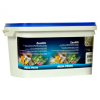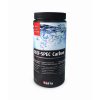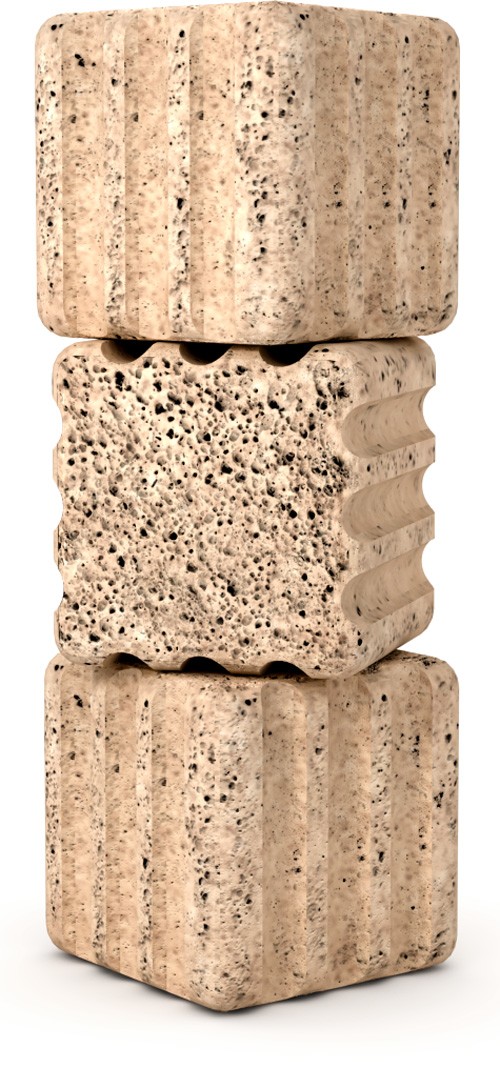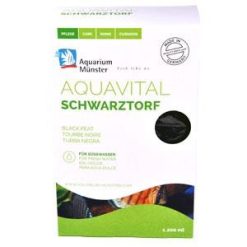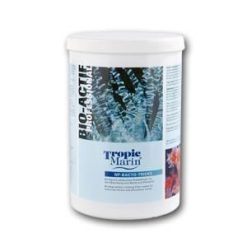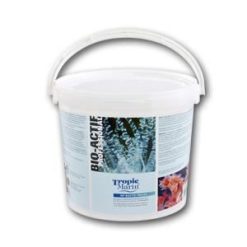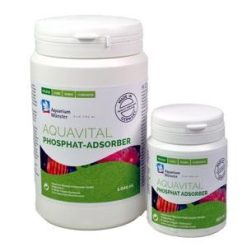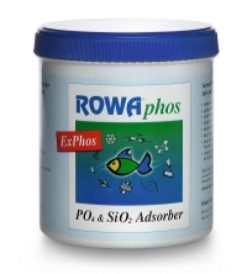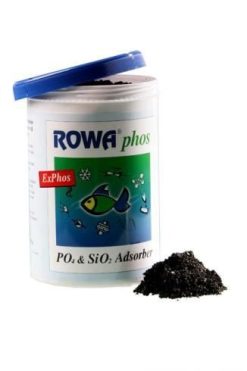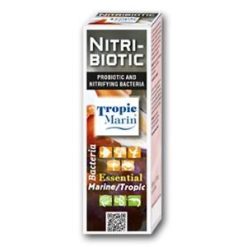Xport BIO Blocks – size of 5cm
Ultra-porous Biological Block Media with Superior Performance Characteristics

Overview
- Designed to be used in marine and hard freshwater aquariums with a pH of 7.5 or over
- Highest porosity and largest useable surface area, per unit weight or volume, of all filtration media available anywhere
- Provides huge amounts of aerobic and anaerobic surface area for efficient bacterial colonization
- Provides over 40,000 square feet (3,716 square meters) of surface area per liter of medium. One 2” block has about 10,000 square feet of useable surface area for bacterial colonization, a 1.5” block has about 4,000 square feet of useable surface area
- When properly colonized, and used as directed, they will reduce toxic ammonia and nitrites to near zero in ponds and all aquariums, marine or fresh
- Also reduces phosphate significantly and dissolved organics
- Works excellently as the only filtration medium for the aquarium or pond or may be employed in addition to other filtration media
- Doped with Aragonite to buffer pH at the bacteria level, preventing acid buildup which eventually would kill the bacteria and reduce capacity. (Which is what happens in competing products)
Sizes
1.5in – 8pack | 2in – 6pack
Instructions & Guidelines
Use one 3,8cm “ XPort Bio Block for every 75 to 150 L or one 2.0” Xport Bio Block for every 100 to 200 liters of system capacity, more for heavy bio loads. Rinse material very well with aquarium water or purified tap water. For superior results, seed the material using FlorinBacter, MicrōBacter7 or MicrōBacterCLEAN, as appropriate for your aquarium, by placing XPort Bio Block in a plastic container, filling it with aquarium water, and then adding the full recommended dose of either bacterial product, based on the size of your aquarium, to that container. Allow to stand overnight and then add the seeded XPort Bio Block to your system. Discard water. It is recommended that you use sponge, fine filter floss or other mechanical filtration ahead of XPort Bio Block to prevent clogging with organic material. For maximum results, also provide a good carbon source for growing bacteria, such as Brightwell Katalyst bio pellets, liquid Reef BioFuel or Florin Axis, as appropriate for your aquarium, as directed on their label. Do not fluidize or allow to churn!
Additional Information
You can use more blocks than the capacity shown above, however, we recommend that you do not exceed 5 times the recommended number of blocks. For nitrification, or removal of ammonia and nitrite, employing the brick aerobically, or above the water line will provide maximum results. To do this, mount the brick in air, above the water level, and run a small stream of water through the brick. It is not necessary to run the whole flow of the main system pump through the block. A flow of about 40 to 80 liters per hour is ideal. An adjustable flow control will allow you to adjust the water flow to only that which will flow through (and not around) the block. On the other hand, removing nitrate is an anaerobic process and limiting oxygen to the block as much as possible will maximize the nitrate removal. In this case, mount the block beneath the water surface in the sump in a very low flow area, if possible.
To use one block for both aerobic nitrification and anaerobic denitrification, mount the brick below the water surface and provide medium flow around it. The bacteria growing in the top 1/4″ of the surface of the brick will be aerobic and will use up all the oxygen so that the inside of the brick goes anoxic or anaerobic. Anaerobic denitrifying bacteria will then colonize the internal surfaces of the brick and you will get both nitrification on the surface and denitrification in the internal parts.
